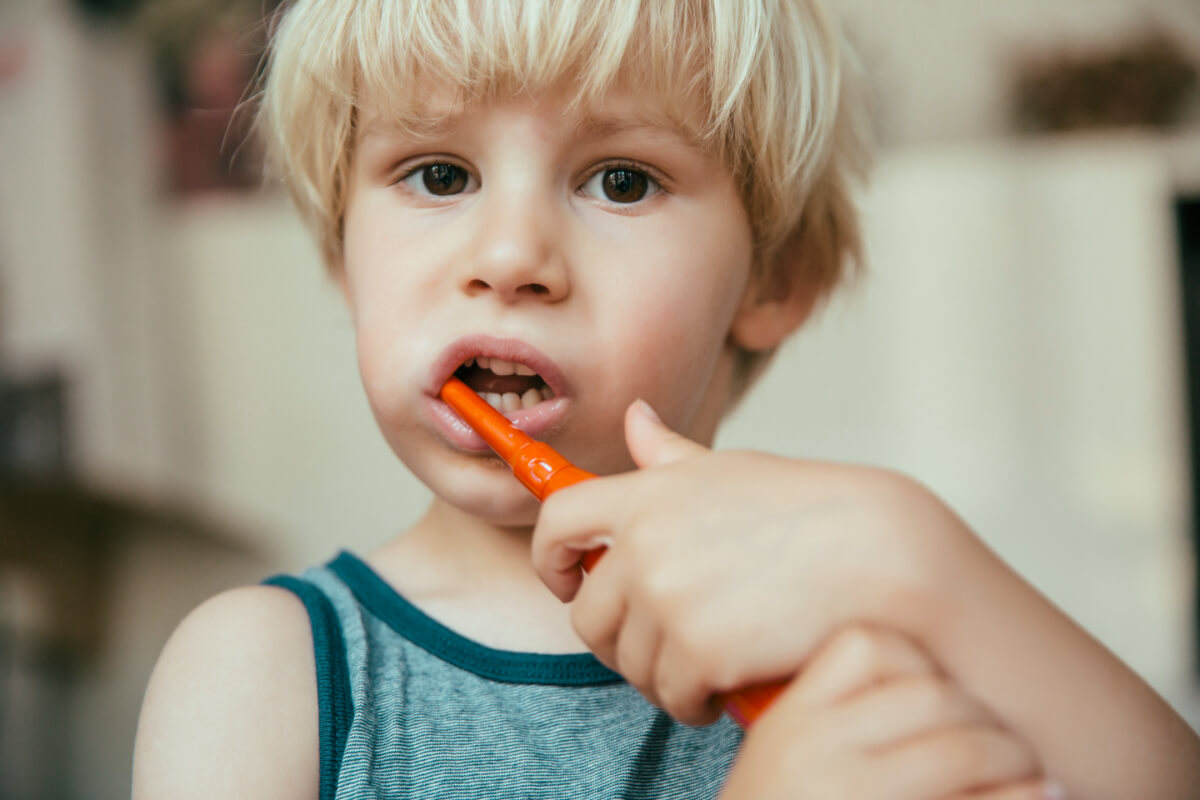You probably grab your camera the moment your child’s teeth start to erupt in order to catch their priceless smiles. Little white pearl-like baby teeth are very adorable! In addition to aiding your child’s ability to eat, smile, and talk effectively, they also give the face its shape. Additionally, they preserve room in the jawbone for the incoming adult teeth. However, did you know that a baby’s teeth begin to erupt while it’s still inside the womb?
For pregnant women and nursing moms, foods high in calcium, phosphorus, and vitamins C and D are strongly advised as these nutrients are crucial for a child’s dental development. When the fetus is just 6 weeks old, the tooth’s fundamental structure begins to develop.
By the third or fourth month of pregnancy, the fetus’s teeth begin to develop hard tissue. But a few months after birth, teeth begin to emerge from the gums. Girls often get their first tooth earlier than guys do.Between the ages of 6 and 12 months, baby teeth start to emerge, and the majority do so by 33 months. The usual sequence of dental eruption is as follows: Between the ages of 5 and 12 months, the bottom two front teeth (central incisors), followed by the top two front teeth, erupt. Next, between the ages of 8 and 13 months, the upper and lower jaw’s four lateral incisors emerge. Next come the four first molars. Next to the incisors, the sharp, pointed canines erupt. The four second molars erupt at age two.
Most children have 20 main teeth by the time they are 3 years old. To make room for larger permanent teeth, baby teeth are slightly spaced apart. All children’s eruptions may occur in somewhat different sequences, and occasionally this may not cause cause for fear. Pay attention to the following alterations and go see a child’s dentist to resolve your worries
- By the age of one, baby teeth have not yet come in.
- Teeth begin to become blue, gray, or black. This can indicate dental decay.
- Crooked or crowded teeth are born.
- Teeth that are unusually tiny, stained, pitted, or grooved.
- broken teeth.
- Baby teeth fall out too soon, or the eruption of the adult teeth is delayed
It is a good idea to start your child’s oral hygiene program even before their first tooth erupts. To get rid of milk and food residues in the mouth, wipe your baby’s gums every day with a clean, wet, soft cloth or gauze (no toothpaste). Brush the gums and the first tooth as soon as it erupts with fluoridated toothpaste and water while using a soft toothbrush. In order to diagnose and treat any dental problems and get advise on preventative care, be sure to take your kid to a pediatric dentist by their first birthday or within six months of the eruption of their first tooth. Contact us if you’re in Los Angeles.




